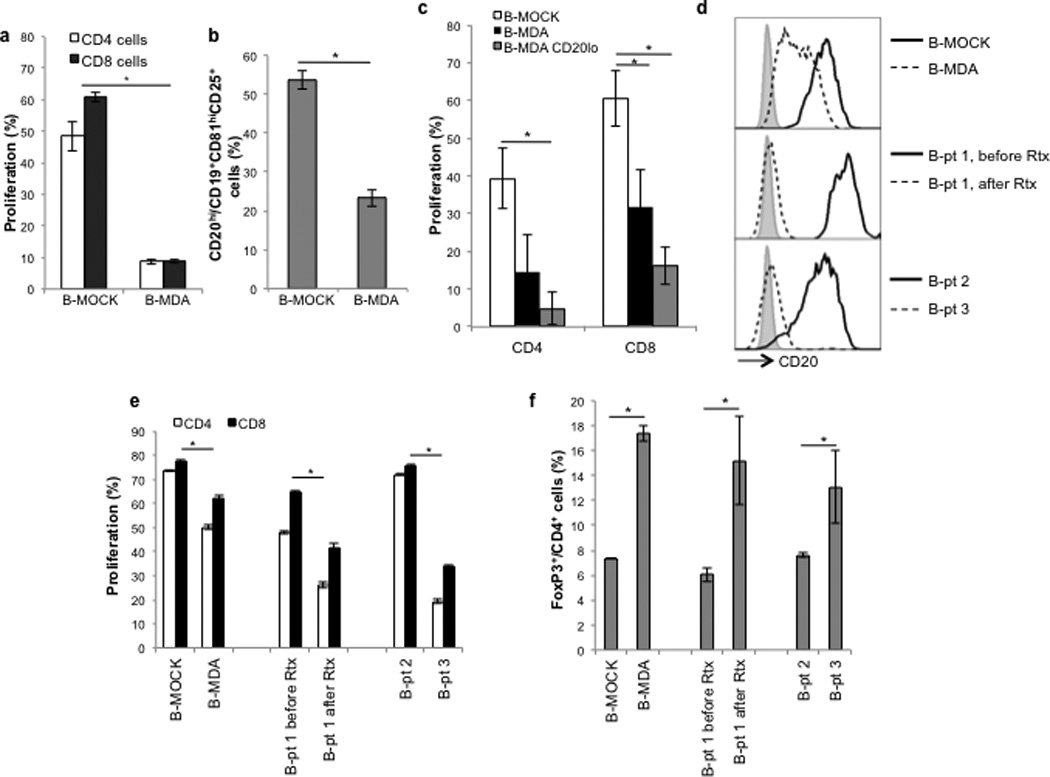FIGURE 3. Human tBregs also express low levels of CD20.

Ex vivo generated human tBregs (from healthy donor B cells -treated with CM of MDA-MB-231 cells (17)) not only suppressed proliferation of human CD4+ and CD8+ T cells stimulated with anti-CD3 Ab (B-MDA, A), but also reduced cells expressing high levels of CD20 within CD81hiCD25+ CD19+ cells (B). The suppressive activity (for CD4+ and CD8+ T cells) of human tBregs was retained within CD20Low B cells (C), as shown by FACS sorting for CD20Low B cells (enrichment >95%). Y-axis shows (%) Ki67+ CD4+ and CD8+ T cells ± SEM (C) of triplicate experiments. (D–F) Rituximab enriches for CD20Low tBregs in patients with B-CLL, as shown by the increased presence of B cells expressing CD20Low (broken line, D). In particular, compared with B cells before the treatment (continuous line, middle panel, D), the majority of B cells of patient 1 were CD20Low after rituximab treatment (broken line, D). These CD20Low cells efficiently suppressed proliferation of allogeneic CD4+ and CD8+ T cells (E) and induced FoxP3+ Treg conversion when mixed with CD25− CD4+ T cells (% of FoxP3+ within CD4+, F). All data shown here were from triplicate experiments reproduced at least three times.
